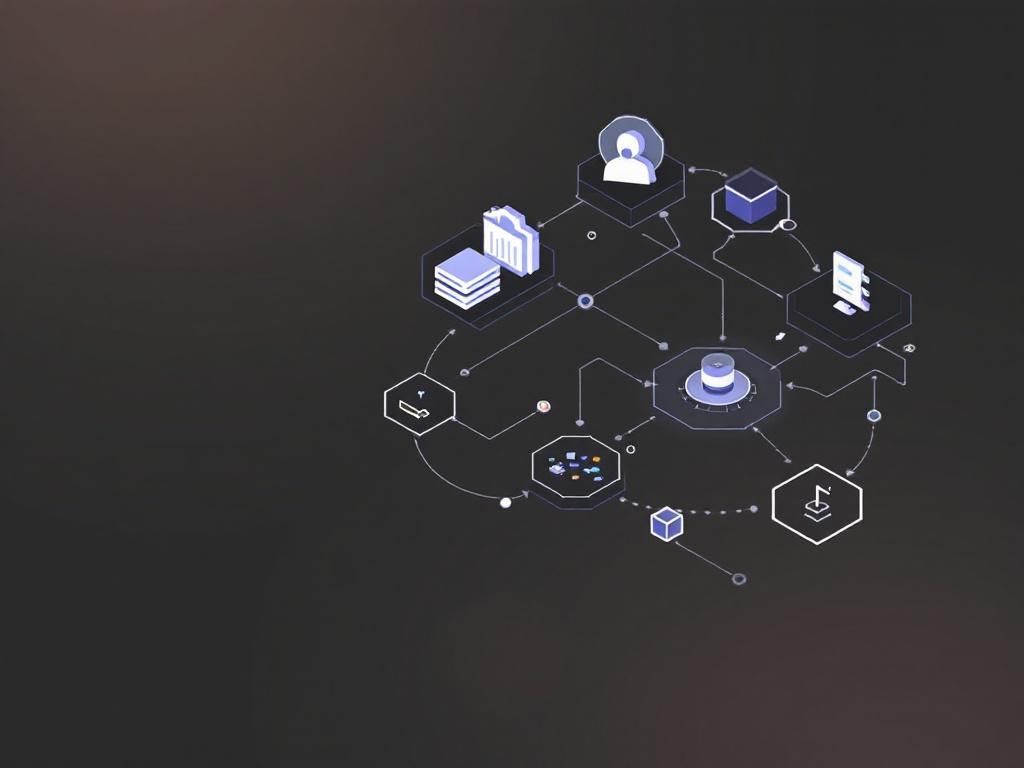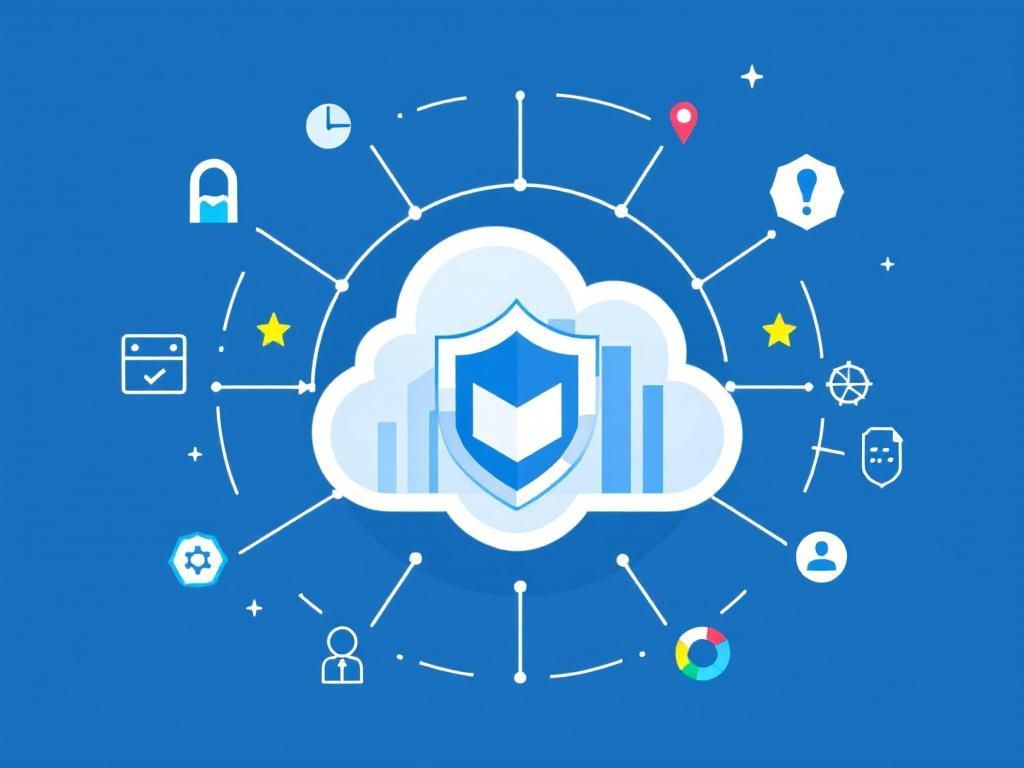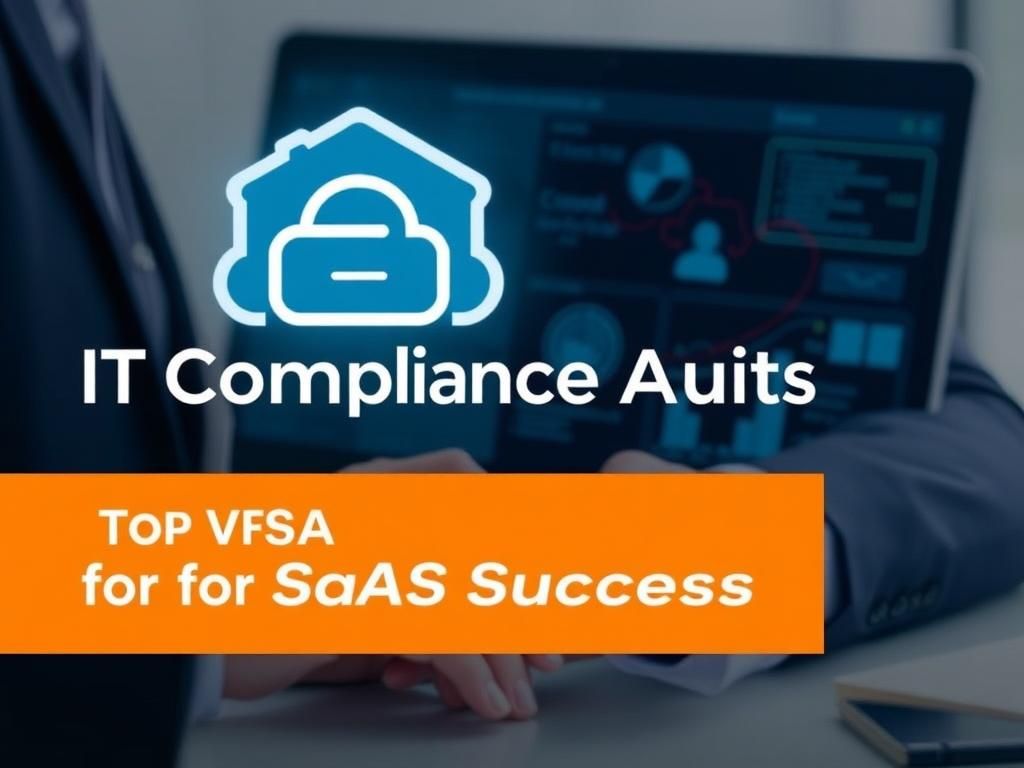Top IT Compliance Strategies for SaaS Success
Discover essential IT compliance strategies that can drive SaaS success and ensure your business meets regulatory standards effectively.

In today’s rapidly evolving digital landscape, Software as a Service (SaaS) providers face unique challenges when it comes to compliance. With data breaches and regulatory scrutiny on the rise, ensuring that your SaaS application adheres to relevant laws and standards is not just a necessity but a business imperative. This article explores effective IT compliance strategies that can be leveraged for SaaS success, ensuring your organization remains secure and trustworthy in the eyes of clients and regulators alike.
Table of Contents
Understanding the Compliance Landscape
Compliance for SaaS providers encompasses a variety of regulations and best practices that govern how data is collected, stored, and managed. These regulations vary by region and industry but commonly include:
- GDPR (General Data Protection Regulation) – Governs data protection and privacy in the European Union.
- HIPAA (Health Insurance Portability and Accountability Act) – Regulations for healthcare data in the US.
- PCI DSS (Payment Card Industry Data Security Standard) – Standards for companies that handle credit card information.
- ISO 27001 – An international standard for information security management.
The Importance of Compliance
Adhering to compliance standards is vital for several reasons:
- Trust: Achieving compliance demonstrates your commitment to data protection, fostering trust among clients.
- Risk Mitigation: Effective compliance strategies help in identifying and mitigating potential data risks.
- Legal Protection: Compliance helps avoid legal penalties and fines associated with non-compliance, which can be substantial.
Key Strategies for IT Compliance
1. Conduct Regular Audits
Regular audits of your IT systems and processes are essential to ensure compliance. This involves:
- Identifying compliance requirements relevant to your business.
- Evaluating current practices against these requirements.
- Documenting findings and creating action plans for improvement.
2. Implement Strong Data Governance Policies
Data governance is critical for ensuring that data is managed properly throughout its lifecycle. Key components include:
| Data Governance Component | Description |
|---|---|
| Data Ownership | Assign clear ownership for data and data processes within your organization. |
| Access Controls | Implement role-based access controls to restrict data access based on user roles. |
| Data Classification | Classify data based on sensitivity and compliance requirements to apply appropriate security measures. |
3. Regularly Update Security Measures
As threats evolve, so must your security measures. Ensure your compliance strategy includes:
- Regular updates to firewalls and intrusion detection systems.
- Implementation of end-to-end encryption for data transmission.
- Using multi-factor authentication to secure access to sensitive data.
4. Provide Employee Training
Your employees play a crucial role in compliance. Implement ongoing training programs that cover:
- Overview of relevant compliance regulations.
- Data protection best practices.
- Incident response protocols.
Leveraging Technology for Compliance
Technology can significantly enhance your compliance efforts. Here are some tools and solutions to consider:
Automated Compliance Management Tools
Investing in compliance management software can streamline your compliance processes. Features to look for include:
- Automated tracking of regulatory changes.
- Document management systems to maintain compliance records.
- Risk assessment tools to identify vulnerabilities.
Security Information and Event Management (SIEM)
SIEM solutions can help monitor your IT environment for compliance-related incidents. Key benefits include:
- Real-time monitoring of logs and events.
- Automated alerts for suspicious activities.
- Comprehensive reporting capabilities for audits.
Building a Compliance Culture
Creating a culture of compliance within your organization is crucial for long-term success. This involves:
- Promoting transparency in compliance efforts.
- Encouraging employees to report compliance concerns without fear of repercussions.
- Involving all levels of the organization in compliance discussions.
Leadership Commitment
Leadership commitment to compliance is vital. Leaders should:
- Communicate the importance of compliance to all employees.
- Allocate sufficient resources to compliance initiatives.
- Lead by example by adhering to all compliance policies themselves.
Conclusion
In the competitive SaaS landscape, effective IT compliance strategies are more than just a regulatory requirement; they are essential for building trust and credibility with customers. By understanding the compliance landscape, implementing robust strategies, leveraging technology, and fostering a compliance-driven culture, SaaS providers can ensure their success while safeguarding sensitive data.
Investing in compliance not only protects your organization from legal ramifications but also positions you as a trusted leader in your industry. As regulatory landscapes continue to change, staying proactive and adaptive in your compliance efforts will be key to your ongoing success.
FAQ
What are the key IT compliance strategies for SaaS providers?
Key IT compliance strategies for SaaS providers include data encryption, regular security audits, adherence to industry regulations like GDPR and HIPAA, employee training on compliance protocols, and implementing robust access controls.
How can SaaS companies ensure data privacy and compliance?
SaaS companies can ensure data privacy and compliance by conducting regular assessments, maintaining clear privacy policies, using secure data storage solutions, and staying updated with regulatory changes.
What role does employee training play in IT compliance for SaaS?
Employee training is crucial for IT compliance in SaaS as it helps staff understand regulatory requirements, promotes a culture of security, and reduces the risk of human error that could lead to compliance breaches.
Why is regular security auditing important for SaaS compliance?
Regular security auditing is important for SaaS compliance as it helps identify vulnerabilities, ensures adherence to security policies, and demonstrates accountability to clients and regulatory bodies.
What are the consequences of non-compliance in the SaaS industry?
Consequences of non-compliance in the SaaS industry can include hefty fines, legal penalties, loss of customer trust, and damage to the brand’s reputation.
How can SaaS providers stay updated with compliance regulations?
SaaS providers can stay updated with compliance regulations by subscribing to industry newsletters, attending relevant workshops and conferences, and collaborating with legal experts specializing in IT compliance.




